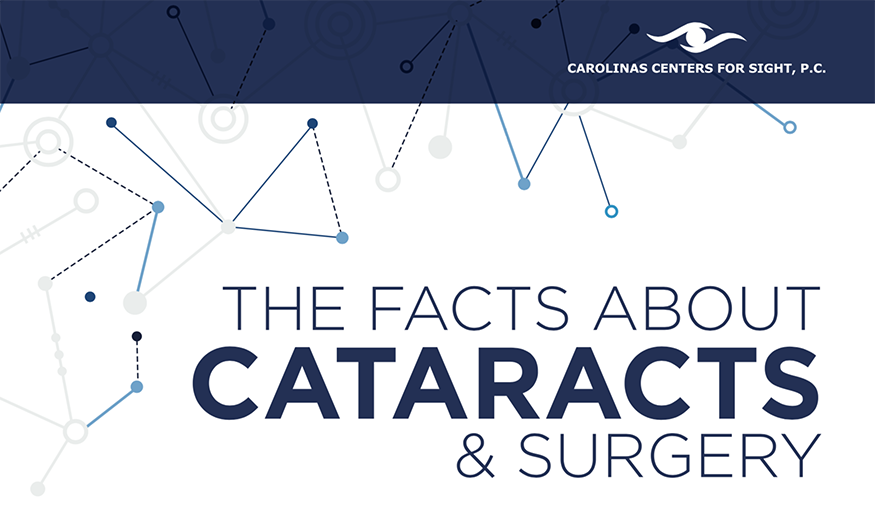An In-Depth Examination Of Modern Cataract Surgical Treatment Approaches
An In-Depth Examination Of Modern Cataract Surgical Treatment Approaches
Blog Article
Article By-Burton Whitfield
As you check out the evolution of sophisticated cataract surgery techniques, you'll witness a journey noted by resourcefulness and accuracy. From ancient methods that paved the way for modern-day technologies to sophisticated innovations that are reinventing the field, the detailed overview of cataract surgery techniques is a testimony to human progress and commitment to improving client outcomes. The complex interaction between historical approaches and advanced improvements produces an appealing story that sheds light on the evolution of one of one of the most typical procedures worldwide.
Historic Techniques and Technologies
Discover how early cosmetic surgeons reinvented cataract therapy by utilizing ingenious strategies and tools. In https://www.healio.com/news/ophthalmology/20210810/patient-selection-pearls-when-prk-may-be-a-better-option-than-lasik-in-some-patients , cataract surgical treatment was a risky and painful procedure. Nevertheless, old Indian physicians were among the first to try surgical interventions for cataracts, making use of a technique called 'couching' where a sharp tool was utilized to press the cataract back into the eye. This method, though crude by today's requirements, prepared for future innovations in cataract surgical treatment.
As time advanced, Arab doctors made considerable contributions by developing specialized needles for cataract extraction. These needles were utilized to pierce the cataract and after that extract it from the eye, noting a significant enhancement in surgical accuracy.
Later, in the 18th century, the French doctor Jacques Daviel spearheaded the method of extracapsular cataract removal, where the whole lens was eliminated undamaged with a larger incision. This noted a major improvement in cataract surgical procedure methods, leading the way for the modern-day treatments we use today.
Modern Surgical Approaches
Early methods in cataract surgical treatment have advanced considerably, resulting in the advancement of contemporary surgical methods that focus on accuracy and enhanced person outcomes. Modern cataract surgery now typically entails a procedure called phacoemulsification, where an ultrasonic device breaks up the cataract for elimination through a small laceration. This strategy allows for quicker healing and decreases the danger of difficulties contrasted to older methods.
In addition, making use of advanced intraocular lenses (IOLs) has revolutionized cataract surgical treatment outcomes. These lenses can deal with not just the cataract but likewise other refractive mistakes like astigmatism, lowering the need for glasses post-surgery.
Surgeons today also have accessibility to sophisticated imaging technologies that aid in precise preoperative preparation and intraoperative decision-making. will cataract surgery improve my vision (OCT) and various other imaging techniques give comprehensive images of the eye's structures, enabling a more individualized approach per person's surgical procedure. With these advancements, modern cataract surgery techniques continue to improve, providing individuals safer procedures and far better visual end results.
Arising Technologies in Cataract Surgery
With innovations in innovation revolutionizing the area, cataract surgical procedure is seeing the integration of cutting-edge techniques for boosted client results. Emerging technologies in cataract surgical procedure are improving the landscape of ocular procedures. One such improvement is femtosecond laser innovation, which allows for exact corneal cuts, capsulotomies, and lens fragmentation, leading to boosted medical precision and end results.
Furthermore, intraoperative aberrometry is gaining popularity, making it possible for real-time measurements of refractive mistakes throughout surgery to boost intraocular lens power estimations and lower postoperative refractive shocks.
Furthermore, making use of innovative imaging technologies like optical comprehensibility tomography (OCT) and intraoperative wavefront aberrometry aids doctors in exact medical preparation and implementation. These devices give in-depth anatomical information and assistance tailor surgical approaches for each and every client's special eye characteristics.
Furthermore, developments in expert system are being explored to aid in preoperative planning, intraoperative decision-making, and postoperative care, possibly enhancing surgical results and person satisfaction. Accepting these emerging modern technologies in cataract surgical treatment holds promise for further improving individual end results and making sure the proceeded evolution of sensory surgical techniques.
Conclusion
As you journey with the background of cataract surgery, you witness the improvement from old methods to sophisticated technologies. Like a phoenix metro increasing from the ashes, cataract surgery has progressed into a beacon of hope and advancement.
Equally as a caterpillar emerges from its cocoon as a gorgeous butterfly, cataract surgery has progressed right into a refined art type, offering patients clearer vision and a brighter future.
The development continues, beaming a light on unlimited possibilities.
